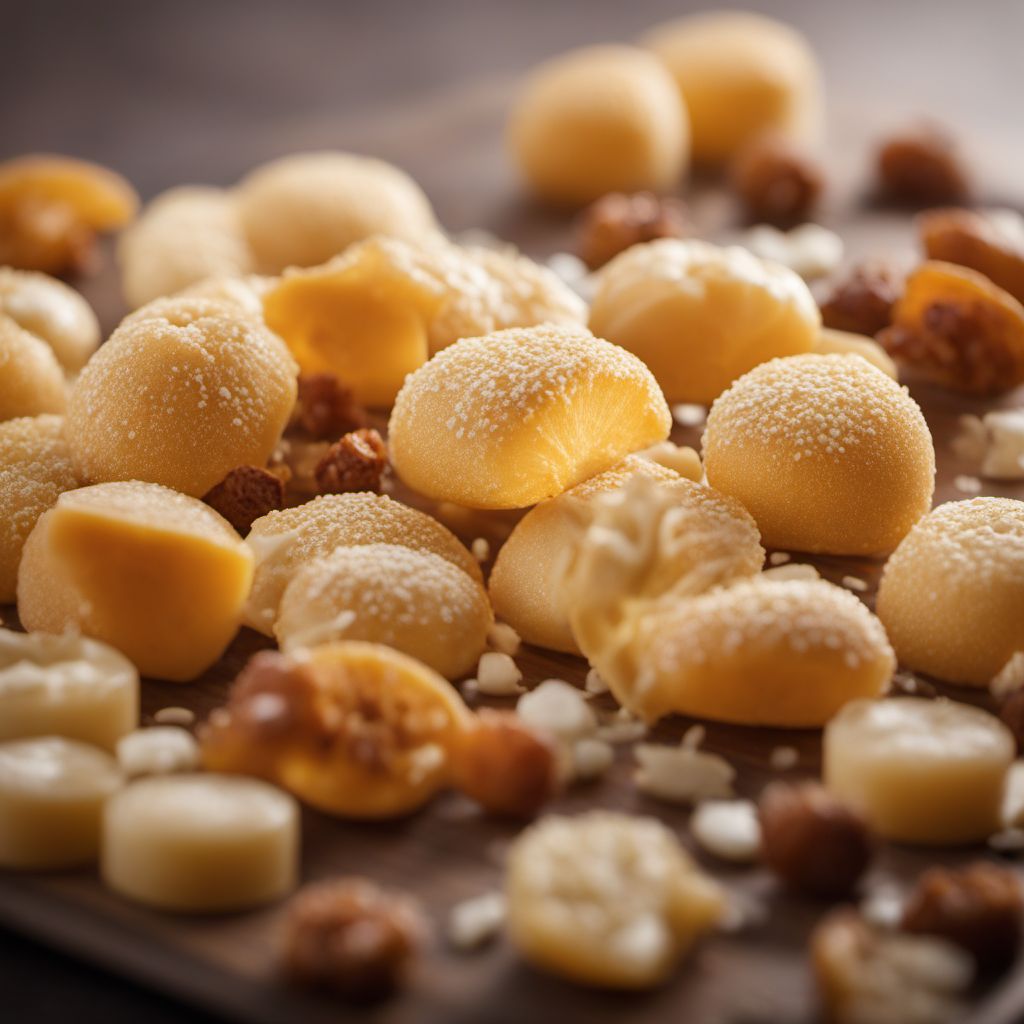
Ingredient
Anti-caking agent
The Secret Ingredient: Unveiling the Magic of Anti-Caking Agents
Anti-caking agents are substances used in food production to prevent ingredients from forming lumps or clumps, ensuring a free-flowing and uniform texture. These agents work by absorbing moisture or coating particles, creating a barrier that prevents them from sticking together. From powdered spices and baking mixes to grated cheese and instant soups, anti-caking agents are the invisible heroes that keep our favorite foods in perfect condition.
Origins and history
The use of anti-caking agents in food production dates back to ancient times, with early civilizations employing various techniques to prevent ingredients from clumping. Over the years, advancements in food science and technology have led to the development of a wide range of anti-caking agents, each with its unique properties and applications. Today, these agents are an integral part of the food industry, ensuring the quality and consistency of countless products.
Nutritional information
Anti-caking agents do not contribute significant nutritional value to food products, as they are used in small quantities. Their purpose is primarily functional, ensuring the quality and appearance of the final product.
Allergens
Anti-caking agents are generally safe for consumption and do not pose significant allergenic risks. However, individuals with specific allergies or sensitivities should always check the ingredient list for any potential allergens or consult with a healthcare professional if they have concerns.
How to select
When selecting products that contain anti-caking agents, read the ingredient list to identify the specific agent used. Some common anti-caking agents include silicon dioxide (also known as silica), calcium silicate, magnesium stearate, and sodium aluminosilicate. Choose products from reputable brands or manufacturers known for their commitment to quality and safety.
Storage recommendations
To maintain the effectiveness of anti-caking agents, store products in a cool, dry place away from moisture or humidity. Keep containers tightly sealed to prevent exposure to air, which can compromise the quality of the agents. Follow the storage instructions provided on the product packaging for optimal results.
How to produce
Producing anti-caking agents is a complex process that involves specialized equipment and expertise. It is typically carried out by manufacturers who specialize in food additives and ingredients. As an amateur, it is not feasible to produce anti-caking agents at home.
Preparation tips
Anti-caking agents are primarily used in processed foods and food products that require a free-flowing texture. They are commonly found in powdered spices, baking mixes, grated cheese, powdered sugar, instant soups, and seasoning blends. Their function is to prevent clumping and ensure a smooth consistency in these products.
Substitutions
There are no suitable substitutions for anti-caking agents, as their unique properties and functions cannot be replicated by other ingredients. However, in some cases, gentle shaking or sifting of the product may help break up any clumps that have formed.
Culinary uses
Anti-caking agents are widely used in the food industry, particularly in processed foods and products that require a powdered or granulated form. They are essential in maintaining the quality and appearance of these products, ensuring a smooth and consistent texture.
Availability
Anti-caking agents are commonly available in supermarkets, grocery stores, and online retailers. They can be found in various regions around the world, as they are widely used in the food industry.
More ingredients from this category » Browse all
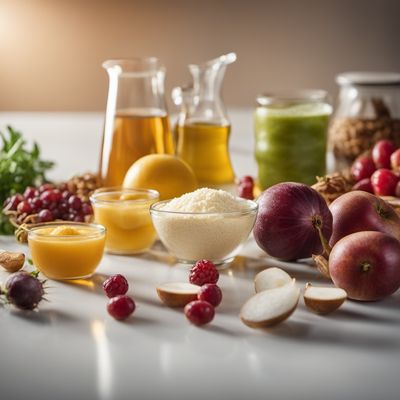
Acidity regulator
The Balancing Act: Understanding Acidity Regulators

Thickener
The Art of Creating Perfectly Thickened Delights

Gelling agent
The Magic of Gelling Agents

Modified starch
The Versatile Transformations of Starch

Humectant
The Moisture Magician: Unveiling the Power of Humectants
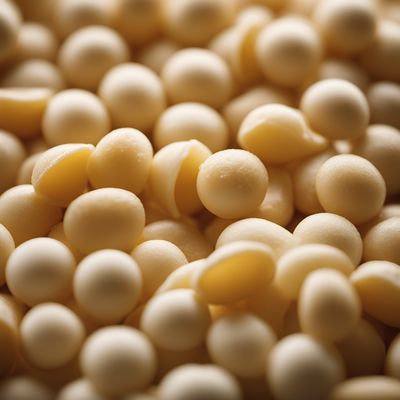
Stabiliser
The Secret Ingredient for Perfect Texture
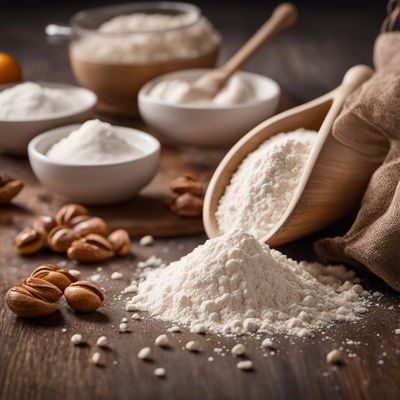
Flour treatment agent
The Secret Ingredient for Perfect Baked Goods

Binding agent
The Glue of Culinary Creations: Unveiling the Power of Binding Agents

Preservative
Preserving the Goodness: Unveiling the World of Food Preservatives

Propellent gas
The Power Behind the Spray: Unveiling the Secrets of Propellent Gas

Emulsifier
The Harmony Enhancer
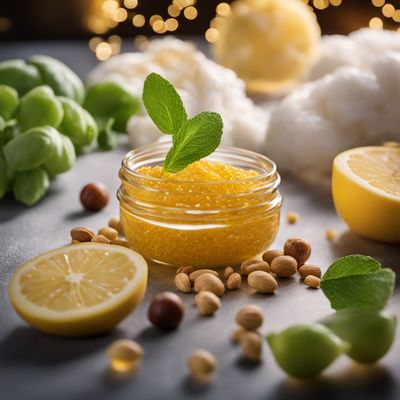
Firming agent
The Secret Ingredient for Perfect Texture